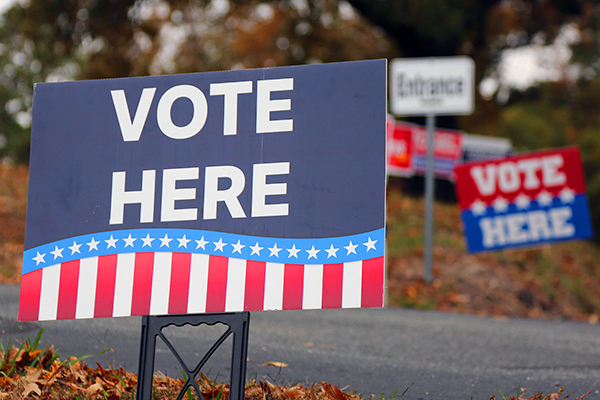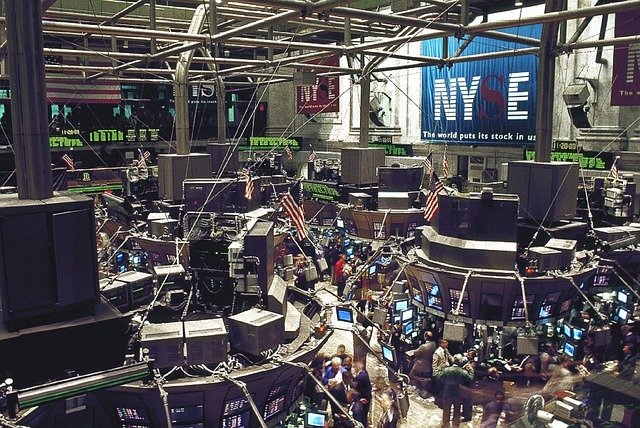The final quarter of the year was a roller coaster in the stock market. After hitting record high levels in the first couple days of October, stocks sold off about 10%, then rallied, sold off, rallied again, and then had the worst December since The Great Depression. Of course, the ride continues as stocks have rallied about 11% off the lows at the time of this writing. My last quarterly newsletter as well as an email update discussed why the dislocation occurred, the trade issues, the Fed and the government shutdown.
To be honest, I spent a few days writing this newsletter late last week with the argument that all those themes will add to the market volatility this quarter too. But then in the span of three business days the President and Congress agreed on a short-term reopening of the government and the Fed surprised with a much more dovish stance on interest rates and Quantitative Tightening. The former settled the markets, the latter boosted them to new highs for the year. The last four months have demonstrated why it is important not to overreact to the big headlines, and instead to focus on the long-term outlook.
This revamped version of the Newsletter can still begin with the trade issues. The market has swung up and down on headlines, tweets, and denials of progress, or not, on the trade situation. On March 2nd the current “cease-fire” ends and the next round of tariff increases are set to occur. As we get closer to the deadline the rhetoric will likely heat up, as will the volatility. That said, if we get a resolution, or if the deadline is extended, that would be good for the stock market—probably very good, as evidenced by a big, one-day rally on January 17th when a rumor hit the floor that the US was considering lifting tariffs on China. The rumor caused a selloff to reverse and a significant rally occurred. Even when the rumor was subsequently rebuffed, it was not enough to kill the rally. A resolution on trade could kick the market much higher. Conversely, talks falling apart or reaching the March 2nd deadline (especially if new tariffs are put in place) would be bad for stocks.
The Fed just met and did not raise rates, which was widely expected. What was unexpected was the language following the official release. That statement, as well as Chairman Powell’s interview, indicated that the Fed has ended the methodical 0.25% every quarter pace they have been on for the last two years. Additionally, the Fed also is open to adjusting the Quantitative Tightening (QT) process, which is serving to reduce the Fed balance sheet. It appears the market expectation is that the Fed will pause in March. While strong economic data, especially inflation, could still force the Fed to raise, it would have to be well above current expectations.
The longest government shutdown in history just ended, at least for three weeks. The next hurdle for Congress and the White House is the looming debt ceiling. This temporary restart is a step in the right direction, but a couple weeks from now we could be right back where we started; if so, the debt ceiling debate would add difficulty. If both issues fester, it could hamper the latest advancement. Of course, if those in power figure these things out, it could at least temporarily be a downer for the market as it could make it more likely the Fed would go back to raising rates, with a big unknown out of the way.
The other big uncertainty is international. Brexit is set for March 29th. If you recall, Brexit is the little catchphrase coined to refer to the British government leaving the European Union. Currently the deal negotiated between the UK and EU has not been approved by Parliament. Theresa May has attempted repeatedly and been rebuffed, facing at least two no-confidence votes, which she won; yet the EU refuses to renegotiate the deal. Perhaps a deal could be reached before the deadline; or another vote could be conducted, and the UK would not exit the EU. Finally, it is possible the deadline could be reached with no deal in place, which would be the most chaotic of the three.
There is a slowdown coming, really, it’s already started. That is also part of what happened to the markets in the last quarter. The shortage of workers, rising wage pressure, increased debt cost due to rising interest rates, the stronger dollar, higher oil prices (although this has been reduced during the last three months), and the fallout from the trade battle have all combined to pinch earnings. Estimates for corporate growth have been reduced from last year. Companies that miss earnings, or warn that they will, have seen their share prices fall.
While there are still several issues, there is less uncertainty than a month ago. The volatility has settled back to a more normal level as the fear in the market that existed around Christmas has subsided. That has resulted in the best start to a year since 1987. We added a few positions during that last week of the year when valuations looked more attractive.
Additionally, the overall economic conditions do not indicate another disaster is imminent. Major US banks are in good shape, unlike in 2007 before the crisis. Consumers are on fairly solid ground, not saddled with a bunch of mortgage debt for which they should not have qualified. Corporate debt is high, and somewhat concerning, but it is also largely financed at historically low interest rates. The oil bust in 2015 washed out a lot of excess in the energy sector for at least this cycle. The bottom line is that while there are pockets of concern, there is not really one big glaring issue that will cause all the other dominos to fall. We are working on putting the cash to work that we pulled out of the market in September and October, moving gradually and maintaining long-term investment discipline.





